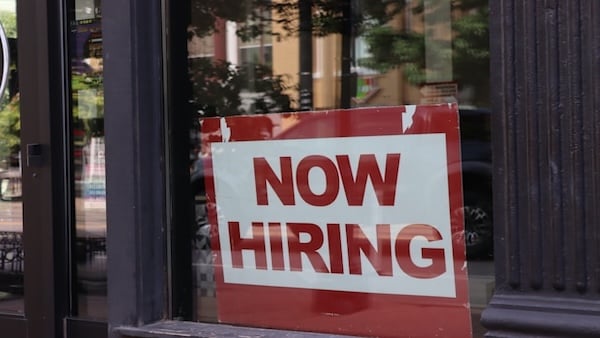Why your diverse hiring efforts aren’t working
Diversity is one of those goals that almost every company claims to care about.
Manage your equity and shareholders
Share schemes & options
Equity management
Migrate to Vestd
Company valuations
Fundraising
Launch funds, evalute deals & invest
Special Purpose Vehicles (SPV)
Manage your portfolio
Model future scenarios
Powerful tools and five-star support
Employee share schemes
Predictable pricing and no hidden charges
For startups
For scaleups & SMEs
For larger companies
Ideas, insight and tools to help you grow
3 min read
 Graham Charlton
:
19 August 2025
Graham Charlton
:
19 August 2025

Diversity is one of those goals that almost every company claims to care about.
Look closer though and you’ll find a pattern: a job ad with a few gender-neutral phrases, a vague commitment to inclusivity on the careers page, and maybe a token image swap in recruitment campaigns.
That’s more window dressing than strategy, and it doesn’t address the deeper issue.
Instead, it’s necessary to look at the systems and structures that funnel the same kinds of candidates through your process again and again.
If you want real progress, you need to rethink your hiring pipeline from the ground up.
Writing ‘we welcome applicants from all backgrounds’ in a job description doesn’t dismantle systemic bias.
Structural efforts are needed to change how opportunities are created, advertised, and evaluated.
That means:
McKinsey’s research shows companies in the top quartile for ethnic and cultural diversity on executive teams were 36% more likely to have above-average profitability.
That comes from systems, not slogans. If your diversity efforts feel cosmetic, they probably are.
Most companies still rely on the same handful of sourcing channels such as LinkedIn ads, referrals, and a recruiter’s black book.
However, these channels amplify existing bias.
Referrals, for example, tend to replicate existing demographics because people refer people like them.
A PayScale study found that women and minority candidates were much less likely to benefit from referrals than white male candidates.
If the top of your funnel isn’t diverse, the rest of the process is already lost.
That’s why companies like Intel set public goals for sourcing. Intel committed $300 million to improving diversity in tech, including funding partnerships with historically Black colleges and universities (HBCUs) and women-in-tech organisations. They didn’t just tweak job ads. They re-engineered the sourcing of candidates.
A common mistake is only engaging with diverse talent pools when a role opens. That’s too late.
High-performing companies invest in long-term relationships with talent communities:
By doing this, you create awareness and trust well before candidates are in the job market. When you do have an opening, you already have a warm pipeline.
“Diversity is being invited to the party. Inclusion is being asked to dance.” - Verna Myers, VP of Inclusion at Netflix
Even when sourcing improves, bias creeps back in during screening.
The problem is pedigree-driven filters such as CVs weighted by university, previous employer, or job titles.
These can be poor predictors of future performance. LinkedIn research found that 61% of hiring managers struggle to assess soft skills from traditional CVs.
Skills-first hiring flips the model. Instead of scanning for background, you assess capability through practical tests, structured interviews, and work samples.
Companies like Google have moved heavily towards structured interviews and skills assessments after internal studies found GPA and brain-teaser interviews were poor predictors of job success.
“Ultimately, skills-based hiring isn’t just about finding the right people. It’s about fostering a culture of continuous learning and development.” - Alicia O’Brien, SVP of Innovation & Customer Success at WilsonHCG
Too many diversity initiatives stop at representation; ‘we hired X% more women this year’ etc.
Representation matters, but it’s not the whole story.
Without inclusion, diverse hires don’t stay. The real metrics should track:
Salesforce, for example, conducts regular pay audits and adjusts compensation where disparities are found, spending $22 million since 2015 to ensure pay equity.
Diversity without equity and inclusion becomes a revolving door.
Diversity-first hiring is about redesigning your pipeline so the right candidates make it in, are assessed fairly, and thrive once hired.
If your current efforts feel stuck, stop focusing on the quick wins. The companies making real progress are the ones investing in structure, not spin.
If you want to go beyond words and embed equity in how your company grows, Vestd can help you design ownership structures that turn employees into true co-owners. Book a free consultation.

Diversity is one of those goals that almost every company claims to care about.
.jpg)
When deadlines slip, it’s rarely because your team isn’t working hard.

Asynchronous work is supposed to help us move faster, work flexibly, and collaborate across time zones without burnout. But for many teams, it’s...